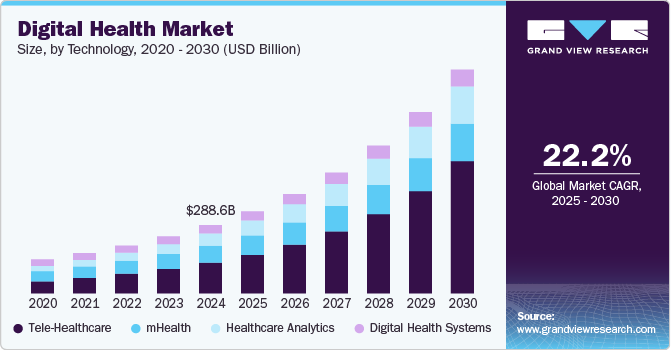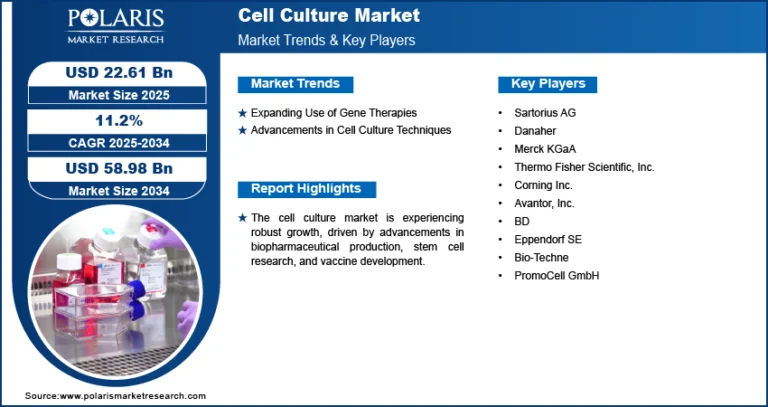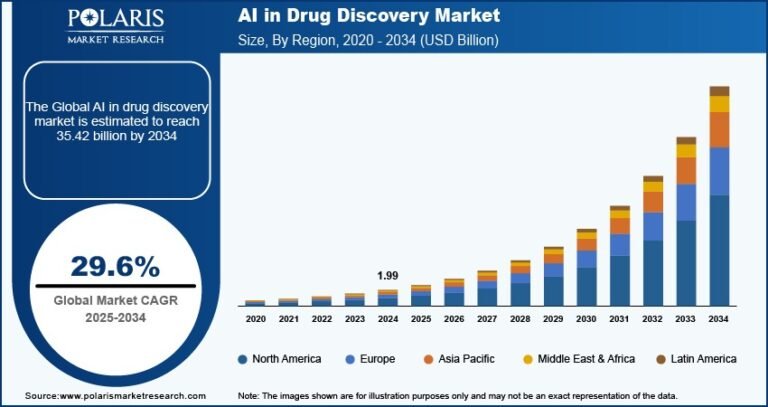Platelet Aggregation Devices Market Projected to Reach USD 1,422.66 Million by 2034, Growing at a CAGR of 5.4%
Market Overview
The platelet aggregation devices market is witnessing significant growth due to the rising global burden of cardiovascular diseases, increasing prevalence of blood disorders, and growing awareness about platelet function testing. These devices are critical diagnostic tools used in hematology laboratories and hospitals to evaluate platelet function and monitor antiplatelet therapy. The growing emphasis on precision medicine and advancements in testing technologies are further propelling the demand for platelet aggregation systems across various healthcare settings.
The global platelet aggregation devices market was valued at approximately USD 841.61 million in 2024 and is expected to grow at a CAGR of 5.4% during the forecast period, reaching around USD 1,422.66 million by 2034. The market’s expansion is driven by technological innovations in diagnostic devices, an increase in healthcare expenditure, and the rise in point-of-care testing capabilities.
Trends & Insights
-
Shift Toward Automation and Point-of-Care Devices: Modern platelet aggregation systems now offer higher automation, enabling faster turnaround times and more reliable results. Additionally, point-of-care testing devices are gaining popularity due to their ability to deliver real-time data and improve treatment decisions.
-
Personalized Antiplatelet Therapy: There is a growing trend toward using platelet function tests to guide personalized antiplatelet therapy, especially in patients undergoing procedures such as percutaneous coronary intervention (PCI). This is leading to increased adoption of platelet aggregation testing in cardiology and surgical units.
-
Integration of AI and Data Analytics: AI-driven analysis and cloud-based data storage are increasingly being integrated into platelet aggregation systems, improving data interpretation and diagnostics. This enhances the clinical decision-making process and supports better patient outcomes.
-
Rise in Research Activities: Academic and clinical research institutions are investing more in studying platelet physiology and developing novel antiplatelet drugs, further driving the use of these devices in research settings.
Market Size & Forecast
Market size value in 2025 USD – 885.46 million
Revenue forecast in 2034 USD – 1,422.66 million
CAGR – 5.4% from 2025 – 2034
Request for Free Sample: https://www.polarismarketresearch.com/industry-analysis/platelet-aggregation-devices-market/request-for-sample
Key Market Growth Drivers
-
Growing Prevalence of Cardiovascular Diseases: Cardiovascular disorders are a leading cause of mortality worldwide. Platelet function testing plays a critical role in the prevention and management of thrombotic events, which is bolstering the market.
-
Rising Demand for Early Diagnosis: The increasing awareness about the benefits of early diagnosis of platelet function abnormalities and thrombotic risks is fueling demand for diagnostic devices.
-
Technological Advancements: Continuous innovations in platelet aggregometry, including improved accuracy, automation, and miniaturization of devices, are making them more accessible and efficient.
-
Aging Population: The elderly population is more susceptible to thrombotic disorders and often requires monitoring through platelet function tests, boosting market growth.
Market Challenges
-
High Cost of Devices and Testing: The initial investment and operational costs of platelet aggregation systems can be a barrier, particularly in low- and middle-income countries.
-
Stringent Regulatory Environment: Compliance with global regulatory standards and lengthy approval processes can delay product launches and limit market penetration.
-
Limited Skilled Workforce: The complexity of platelet aggregation testing requires trained professionals, and the shortage of skilled technicians can hamper the adoption rate.
Overall, the platelet aggregation devices market is poised for steady growth, driven by the increasing need for accurate diagnostic tools in managing cardiovascular and hematological disorders. However, addressing cost and regulatory hurdles will be essential to ensure broader adoption globally.






